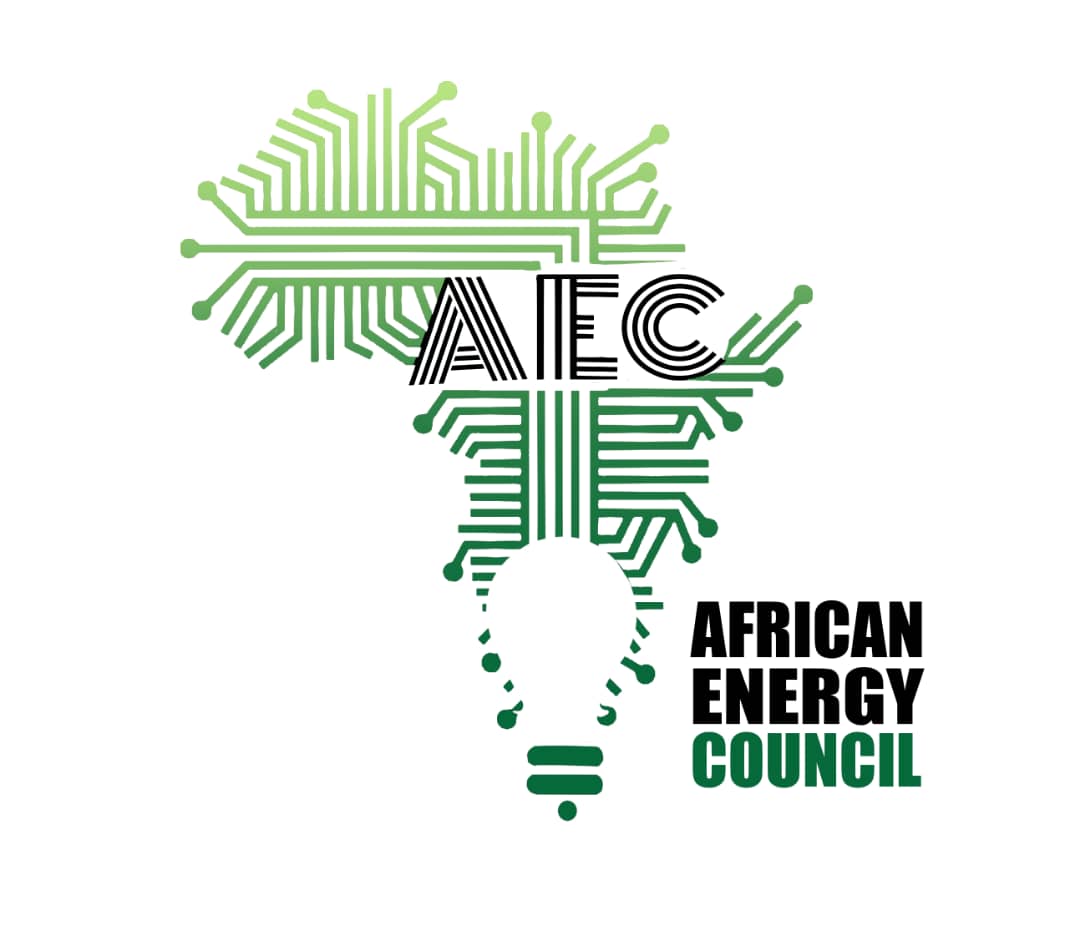The inauguration of its first large-scale solar energy facility in Jambur marked a milestone in energy development for The Gambia. Constructed by Tebian Electric Apparatus, a Chinese manufacturer, the 23 MW solar plant, complete with an 8 MW electricity storage system, serves the purpose of reducing the nation’s reliance on imported fossil fuels.
While launching the facility, Gambian President Adama Barrow stated that the Jambur solar park “aims to accelerate the country’s transition to a 50% supply of electricity from renewable energy sources by 2030.” Managing Director of the National Water and Electricity Company (NAWEC), Nani Juwara, also called for sustained renewable investments to help ensure energy security for the country and financial viability for state-owned NAWEC.
The MSGBC basin has become a focal point for hydrocarbon exploration, with notable entities like FAR and the Nigerian National Petroleum Corporation engaged in oil and gas exploration offshore The Gambia. Yet simultaneously, The Gambia is accelerating its shift towards renewable energy to meet rising power demand, which has surged by 5.5% in recent years. The Gambia benefits from around 3,000 hours of annual sunshine, translating to a minimum daily solar production capacity of 4 kWh per m2. In terms of wind power, the country enjoys favorable conditions, with wind speeds ranging from 3.4 to 4.2 meters per second at a height of 30 meters.
The Gambia currently has an installed power generation capacity of over 100 MW, yet only generates around 40 MW and faces demand exceeding 50 MW. To address this, the government is launching a tender for the first 50 MW of a 150 MW regional solar park in the second quarter of 2024. Additionally, an MOU was signed last September with Swiss engineering company NEK Umwelttechnik AG to develop a 200 MW onshore and 350 MW offshore wind farm, expected to be commissioned by 2027.
Looking to the future, The Gambia is also exploring green hydrogen as a clean energy source. An MOU with H2 Gambia Limited, a subsidiary of HydroGenesis, seeks to assess the commercial viability of hydrogen production in the country. The Gambia’s location positions it favorably for both regional and global exports, and it could also benefit from neighboring Senegal’s infrastructure, which is being revamped to support oil and gas production. Further collaboration with Mauritania, which has more than 80 MW of green hydrogen projects in the pipeline, could accelerate the MSGBC region’s transformation into a green energy hub.
To realize these ambitions, investment in infrastructure is crucial. Modernizing power generation and transmission infrastructure, building highways, and upgrading maritime complexes are essential to accommodate new and increased exports. Development financial institutions such as the European Investment Bank and World Bank, alongside potential offtakers like the European Union, stand ready to offer financial backing for these developments, building upon their existing €100 million in investments in The Gambia’s renewable energy sector.
The upcoming MSGBC Oil, Gas, and Power conference and exhibition, scheduled for December 3–4, 2024, in Dakar, will spotlight the newest advancements in renewable energy and green hydrogen in The Gambia and the surrounding region. Acting as a pivotal platform, the event will link international investors with key trade, partnership, and investment opportunities, fostering the growth of the energy sector.

